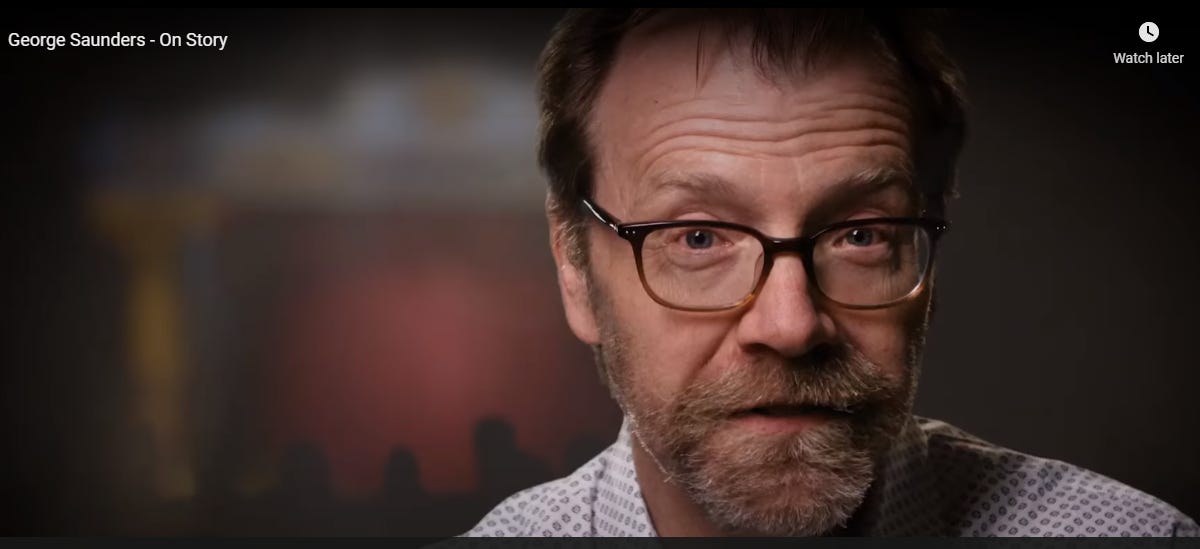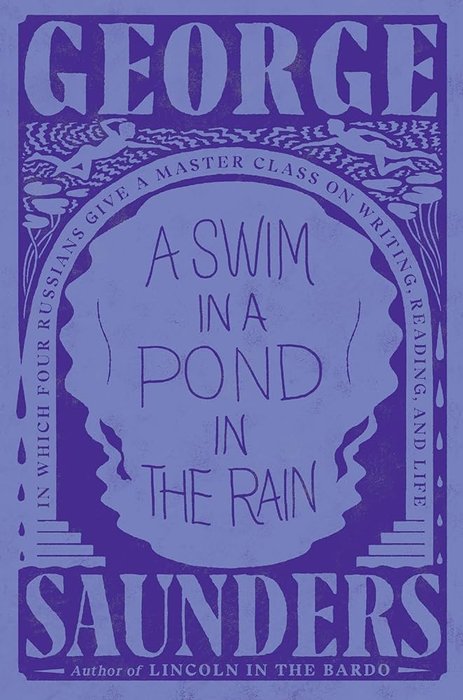
George Saunders on REVISION and CAUSALITY

We understand a story’s meaning, in part, by tracking its causality, and a story’s power stems from our sense that its causality is truthful, which is to say, that its internal logic is solid.
George Saunders • A Swim in a Pond in the Rain
Students at NYU asked the creators of South Park the million-dollar question:
“What makes a good story?”
They gave one of the best explanations of story I’ve heard:
“If we can take the beats of your outline, and the words ‘and then’ belong between those beats…... See more
Nathan Baughx.com
Word for word, this is the most insightful book on writing I’ve found.
7 of my favorite ideas from it:
1. Story as a Transfer of Energy
“We might think of a story as a system for the transfer of energy. Energy, hopefully, gets made in the early pages and the... See more